An enhancement to the Mac OS X operating system under development by Apple looks to pave the way for active desktop pictures, or desktop backgrounds that can include motion graphics and alter themselves based on user actions or the time of the day.
Instead of loading a file that contains the desktop image, Apple's design looks to provide for a system and method for opening and retaining a procedural "recipe" and a small set of instructions that can be executed to compute a desktop picture over time. The technique is said to reduce requirements for both VRAM and RAM, hence taking less memory away from the system.
"Because the desktop picture is computed using a procedural recipe, the storage for the desktop picture can be eliminated," Apple wrote. "This includes both main memory (e.g., RAM) and video memory (e.g., VRAM) copies of the picture. Advantageously, using a procedural recipe to compute a desktop picture (or a portion thereof) allows the unused VRAM and RAM to be used for other operations."
The Cupertino-based systems builder goes on to say in the filing that seamless integration between login, the desktop picture, and log out also provides a visual hook that can further distinguish products.
"Since the desktop picture can be computed very quickly using a GPU, it may be made to move on demand," the company explained. "This includes movement, for example, when logging in, logging out, and transitioning to and from a screen saver, providing a seamless experience. It can also include slow movement, such as seen when a soft tree shadow is cast, with the gentle rustling of leaves in the breeze, or slow movement over time, or concerted movement to mark the passing of time (e.g., a noticeable change to pattern or color every hour)."
Apple also hinted at an editing tool that could allow desktop picture designers to edit and specify the user experience. "In certain embodiments of the present invention, a single frame may be computed," the company said. "In other embodiments of the present invention, multiple frames may be computed. Furthermore, transitions between frames effectively provide movement of desktop pictures on demand."
A seamless transition from one desktop picture to another may be used to simulate motion or animation, according to the filing, where several gradations may be computed over time. "For example, the color gradation may be computed based on the time of day to mimic the changes in the colors of the sky," Apple wrote.
Aside from the time of the day, a variety of other types of events may be used to effect a change to the desktop picture. "For example," Apple continued. "the desktop picture may change upon a user event, such as launching a predetermined application. For instance, a particular desktop picture may be computed when the application iTunes.RTM. is launched; a different desktop picture may be computed when the application QuickTime.RTM. Player is launched."
Additionally, desktop pictures may change upon exiting a predetermined application, where upon exiting a particular application, the desktop picture may revert to the pervious desktop picture that was displayed just prior to the launching of that application.
As yet another example, Apple said the desktop picture may change after the computer is idle for a particular period of time or when the computer comes out of an idle state. It could similarly change when transitioning to or from a screen saver.
"As will be appreciated by those of skill in the art, the foregoing examples are provided as just a few examples of the many types of events that may be used to trigger a change in the desktop picture, and are not intended to be an exhaustive list," Apple wrote. "It will be appreciated that various other types of events may be used to trigger a change in the desktop picture and are within the scope of the present invention."
The October 14, 2005 filing with the United States Patent and Trademark Office is titled "System and method for computing a desktop picture." It was published for the first time on Thursday with credits to Apple employees Ralph Brunner, Imran Chaudhri, and Mark Zimmer.
 Katie Marsal
Katie Marsal

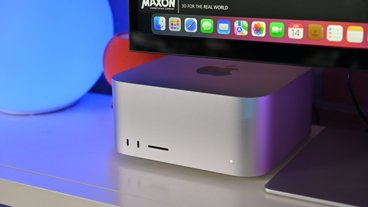
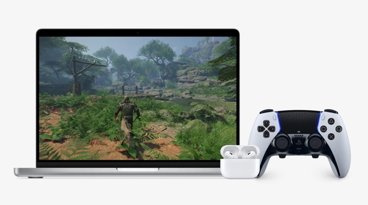


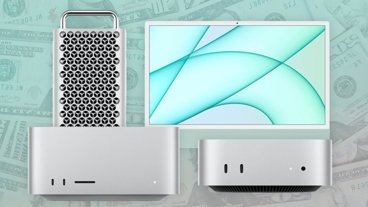
-m.jpg)






 Amber Neely
Amber Neely
 Christine McKee
Christine McKee
 Malcolm Owen
Malcolm Owen

 William Gallagher
William Gallagher



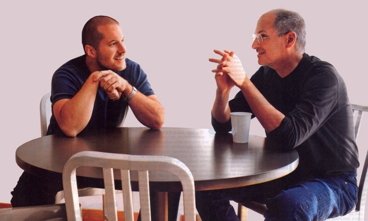


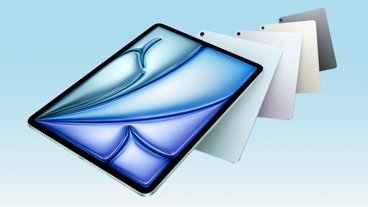
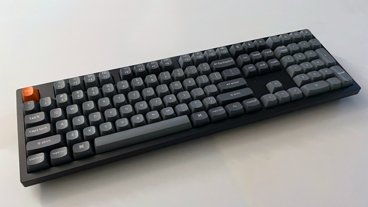



69 Comments
This is something I've always noticed with any OS (re: the 'inorganic' transition from login to desktop). It'll be great if they can do something about it.
This is a good idea. Essentially, use pixel shaders to compute an abstract background image instead of a static huge picture. For a gigantic display or a very high DPI display, an image is going to use up huge resources.
Of course, this is the kind of good idea that once everyone hears about it, retroactively assumes was "obvious". I'm sure SlashDot is going to have a field day crying foul about this patent.
In other news, Microsoft patents an idea for tiling icons. Imagine!
A static desktop image uses a lot of resources? I have trouble believing this; can someone point me to some info?
This is a good idea. Essentially, use pixel shaders to compute an abstract background image instead of a static huge picture. For a gigantic display or a very high DPI display, an image is going to use up huge resources.
Of course, this is the kind of good idea that once everyone hears about it, retroactively assumes was "obvious". I'm sure SlashDot is going to have a field day crying foul about this patent.
And Diggers will point out that MS has had "Active Desktop" for years.
Most pics I see as desktop backgrounds are only a few MBs. With system memories being 1GB+ now this is a silly argument.
What it really sounds like is that they are off loading much of the windowing environment off of the CPU and turning it in to calculations that are efficient for the GPU and directly to the display.